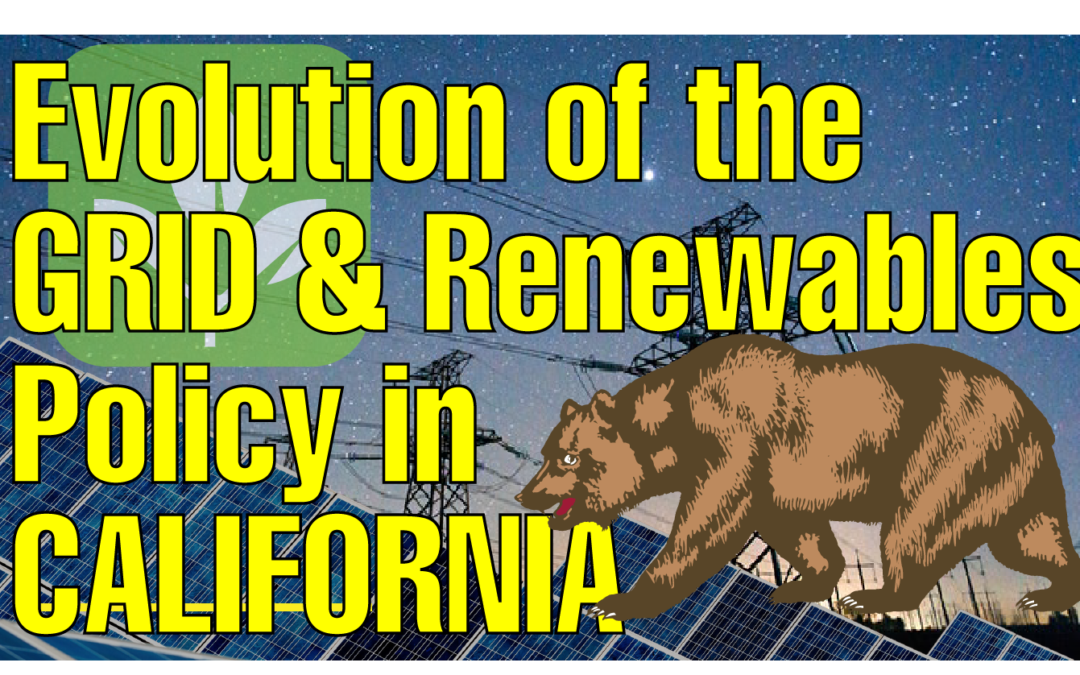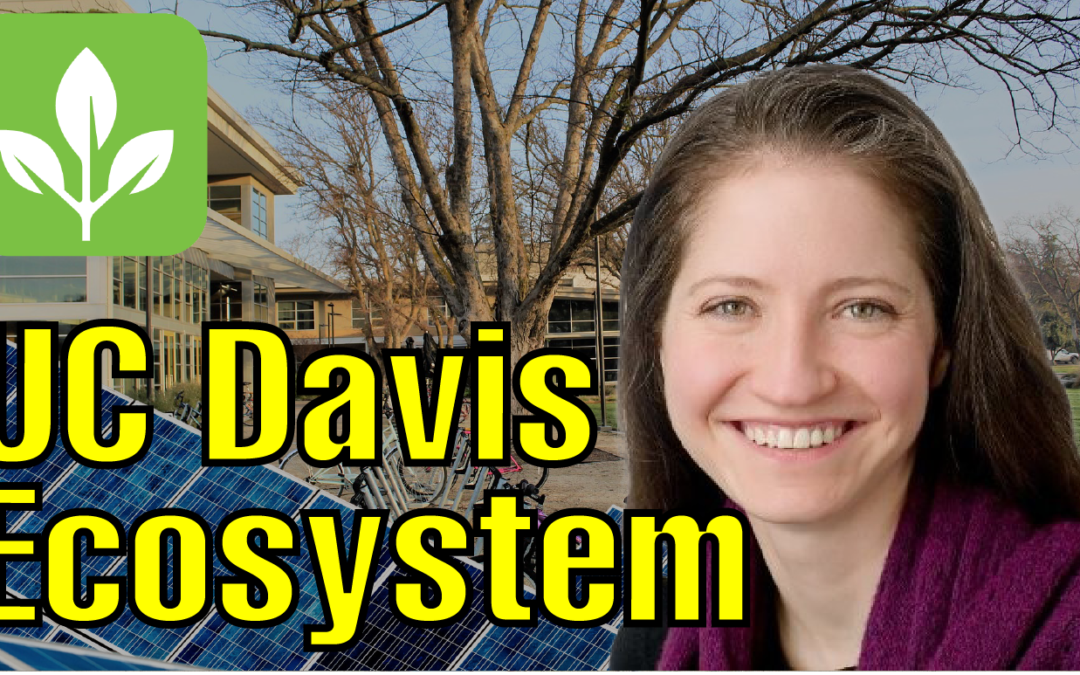
Evolution of the Grid and Renewables Policy in California
Nick Pappas, founder of NP Energy and our Perspectives presenter on January 27, is something like a midwife. He found that his best skill was in helping clients ease the transition to a renewable energy system by explaining the pains involved, how to deal with them, how to avoid some of them, and keeping the benefits of the end point in mind. In doing so, he is very good at highlighting upcoming opportunities and at warning of where risks need to be avoided. It is not a good idea to ignore his insights.
He is passionate about smoothing this transition and demonstrating how it can be successfully adopted elsewhere. As he says, he wants to make good, workable climate policy “California’s #1 Export” and building the blueprint for others to follow so that there is maximum contribution to avoiding serious climate change. California’s big deregulation move in the 1990s was not done well and led to the extreme price swings and rolling blackouts of the early 2000s. California became the big negative example. Nick wants to see there is not a repeat of that.
We covered a lot of ground in our 30 minutes with him. Here are some of the highlights we got out of his talk (with apologies to Nick for embellishing some of this points).
- Reliability of the grid is a complex challenge, and our understanding of grid reliability and planning is evolving over time. How do we successfully orchestrate the transition to clean energy?
- There is a “storage revolution” coming. For the first time in the coming summer and the next, there will be enough big storage projects on line (over 2000 MW of grid-level storage in 2022 and 5000 MW in 2023) to test how Cal ISO will be able to integrate storage into the dispatch and how the pricing of the energy from it will work out. We will probably be surprised.
- At the same time, there will be a lot of retirements of conventional generation in the next three years, especially of the 2.2 GW at the Diablo Canyon nuclear units. Managing a retirement of that scale could pose a lot of operational issues, and we need to get ahead of that problem before it becomes a blot on the transition.
- Overbuilding solar and wind resources can make a serious dent in electric sector emissions, but overbuilding alone will not be sufficientto fully decarbonize the grid. We need creativity and innovation on our pathway to 2045.
- There is much more opportunity in “flexing” loads to match demand to supply than is being exploited. It may be much cheaper to do that than to attempt to solve renewable integration solely throughthe 15,000+ MW of storage now contemplated in the latest CPUC view of what investments in power sources are needed in the next 10 years. Demand flexibility will supplement that storage and provide more operational flexibility. However, human behavior remains a major barrier to load flex capability that is being tried now. In the future, consumers may not be able to override the flex signals from the utility as they do now. In any case, it may deserve a more intensive effort to utilize than it is getting now. How will the “flex” be done in a way consumers won’t care and is better than calls for voluntary shut offs?
- The growth in the number of EV chargers and electric heat pumps (as a part of replacing gas appliances with electric alternatives) could provide the best option for creating a critical mass of flexible load, unless we miss that opportunity. How do we make the addition of the flex feature easy and worthwhile?
- The additions of more renewable sources and more storage can help drive down the cost of these resources through innovation and economies of scale. We should expect prices to continue to fall, especially, for storage, though supply chain, resources, and development have significant potential to increase costs and cause delays.
- The storage being added will resolve the daily mismatch between demand and supply, but the seasonal gap—the need to move excess generation from Spring to Fall—is much harder to address. Building big, high capital cost battery storage to be used at a very low capacity factor may not be an acceptable solution. Innovative ways to use chemical storage, such as hydrogen, to decarbonize the existing combustion fleet may help address these rare peak events.
- Decarbonizing electricity is important, but we should not forget the opportunity cost of much lower-hanging fruit in the transportation, building, and industrial sectors where there may be better bang for the buck, more CO2 reductions per dollar, than continuing to work only on the electricity sector. It is a bit harder to see how incentives or limitations could be applied in these other sectors, but it is worthwhile to figure it out and to innovate approaches that work in a competitive economy.
- The value of rooftop solar to the building owner is likely to decline. Even if the CPUC’s proposed decision on net metering is further moderated this time, it will not be the end of this debate, but the trend will be for compensation to be more closely aligned with value. Ensuring these systems provide value – particularly how storage is dispatched on the grid – may mitigate this risk.
It was a lively session and you can watch the entire recording of it below. Nick had so much to say we are going to invite him back to continue this discussion.

ABOUT THE AUTHOR
Gary Simon is the Chair of CleanStart’s Board. A seasoned energy executive and entrepreneur with 45 years of experience in business, government, and non-profits.
CleanStart Sponsors
Weintraub | Tobin, BlueTech Valley, Revrnt,
Moss Adams, PowerSoft.biz, Greenberg Traurig, Momentum,
College of Engineering & Computer Science at Sacramento State





